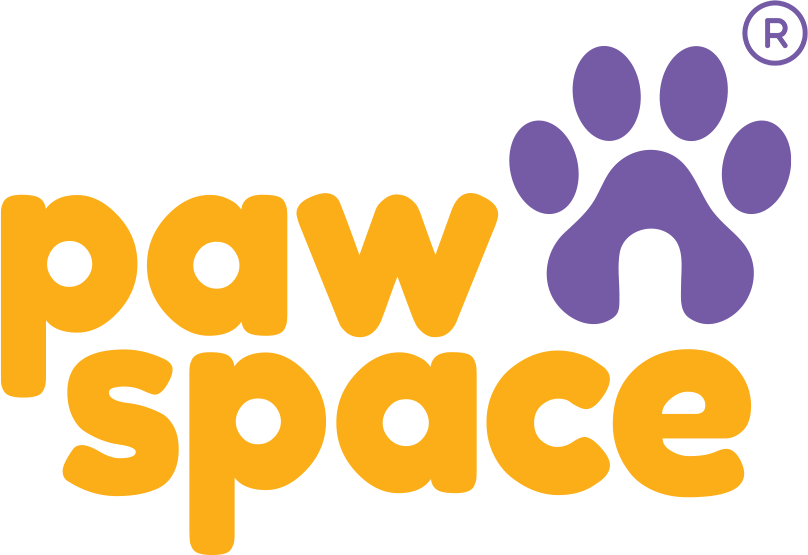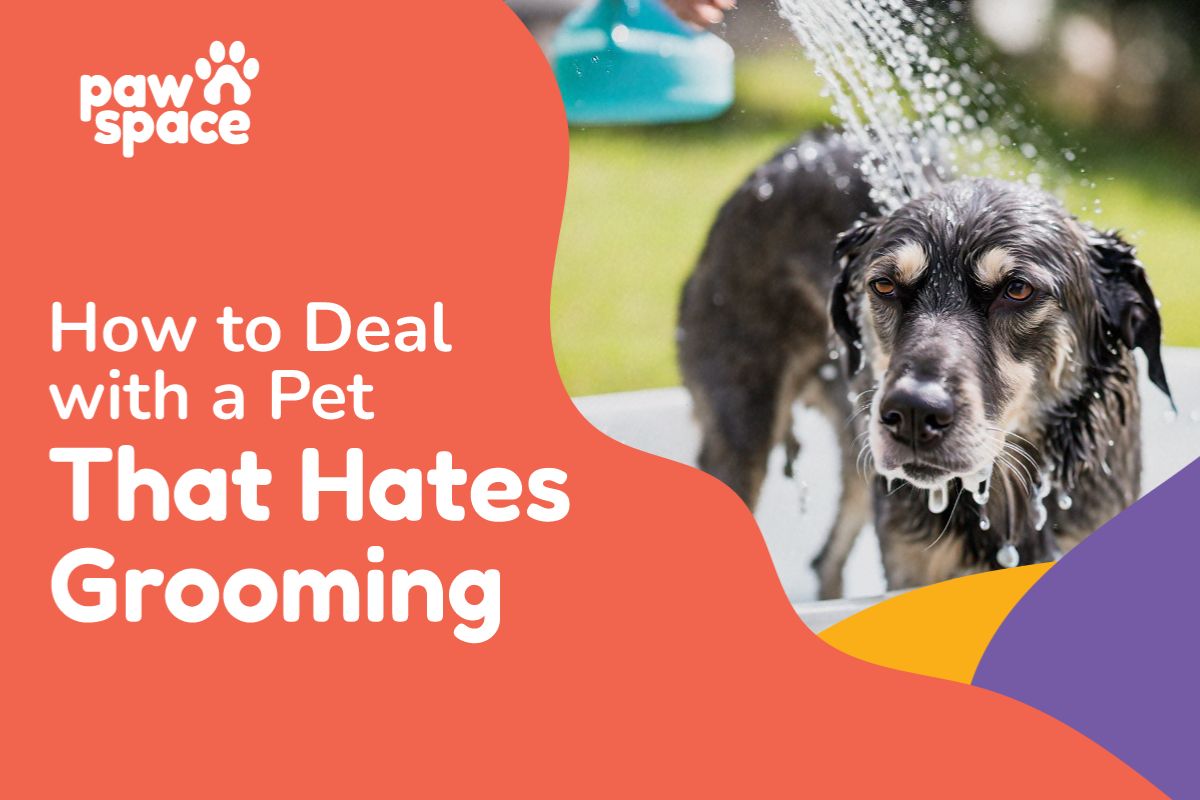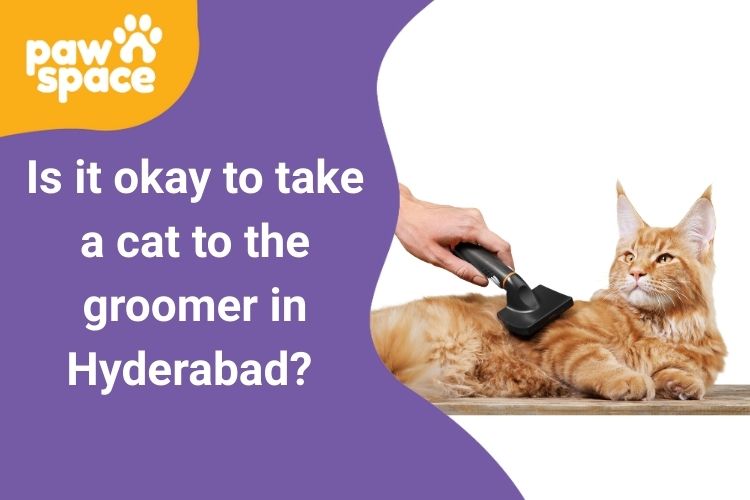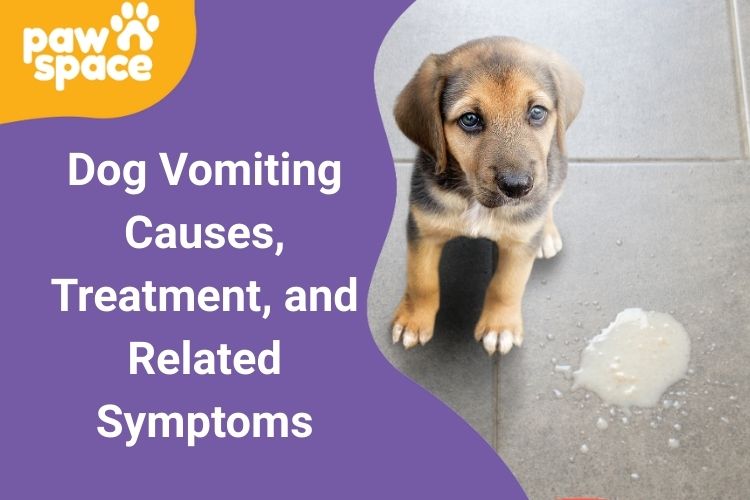Know how to deal with a pet that hates grooming through our comprehensive blog. Find effective tips and tricks to ensure that grooming becomes a fun activity not only for you but also for your pet so that they remain healthy and happy.
Table of Contents
Toggle- Our Recent Web Stories
- Introduction
- Root Cause for Discomfort
- Why Pets Hate Grooming?
- 1. Previous Bad Experiences:
- 2. Fear of Grooming Tools:
- 3. Sensory Sensitivity:
- 4. Physical Pain or Discomfort:
- 5. Lack of Socialisation:
- How To Make Grooming More Enjoyable For Your Pets
- Benefits of Proper Grooming
- Groom Your Pets With Pawspace
- Conclusion
- FAQs Related to How to Deal with a Pet That Hates Grooming
- 1. What can I do when my pet appears aggressive during the grooming process?
- 2. How can I introduce the grooming tools?
- 3. What brush type is best for long-haired animals?
- 4. How often should I groom my pet?
- 5. Can I use human shampoo on my pet?
Our Recent Web Stories
[web_stories title=”false” excerpt=”false” author=”false” date=”false” archive_link=”true” archive_link_label=”” circle_size=”150″ sharp_corners=”false” image_alignment=”left” number_of_columns=”1″ number_of_stories=”3″ order=”DESC” orderby=”post_title” view=”circles” /]
Introduction
Grooming is an essential part of pet handling, but it may become tough when your pet detests grooming. Most animals seem to find it uncomfortable: be it clippers’ sounds, the touch of brushes or restraint. Thus, as an owner, being well aware of the needs and the ways that would make your pet feel at ease with the grooming process would be very significant.
This blog is a compilation of practical guidelines and techniques through which your pet may feel easier and more willing towards grooming.
Root Cause for Discomfort
Before you can try to have your pet take grooming, first understand why the pet is showing resistance. It may be from past experiences in which the grooming process has had a negative influence on the animal, fear over certain tools or instruments, or physical discomfort on the part of the animal. This knowledge can help you work on a particular solution to a problem.
Why Pets Hate Grooming?
1. Previous Bad Experiences:
If your pet has ever had a painful or stressful grooming session, it may associate the whole process with fear and discomfort.
2. Fear of Grooming Tools:
Some pets may have fear due to the sight, sound, or feel of specific grooming tools like clippers or nail trimmers.
3. Sensory Sensitivity:
Some pets are more sensitive to touch, especially in specific areas such as paws, ears, or tails.
4. Physical Pain or Discomfort:
Pets with skin infections, injuries, or underlying health conditions are uncomfortable or painful to groom.
5. Lack of Socialisation:
Pets that have not been exposed to grooming or handling may be scared or unrest by the whole process.
How To Make Grooming More Enjoyable For Your Pets
Step 1: Begin slow and introduce grooming tools gradually. Introduce grooming tools gradually to reduce fear and anxiety. Let your pet sniff and explore the tools without using them on their coat. Begin with short sessions and increase gradually as your pet becomes more comfortable.
Step 2: Treat your pet or praise them after any positive interaction. Positive reinforcement helps create a positive interaction with the grooming process.
Step 3: With a calm demeanour, go about grooming. Use slow, deliberate movements and avoid rushing the process. Patience is what it takes to have your pet feel more relaxed.
Step 4: Try using different brushes, combs, and grooming tools to see which works best for your pet. Some pets might like softer brushes or certain kinds of combs.
Step 5: Maintain consistency in grooming sessions. Stick to a routine that will allow your pet to get used to the process. Consistency and predictability may help reduce anxiety and make the grooming process less painful.
Step 6: Seek professional help if necessary. If your pet’s discomfort persists, consider seeking help from a professional groomer or veterinarian. They can provide guidance and support to make grooming a more positive experience.
Benefits of Proper Grooming
- Healthier skin and coat
- Improved circulation
- The early detection of problems
- Less shedding
- Better bonding experience with your pets
Groom Your Pets With Pawspace
More than providing a regular brushing schedule, there’s a necessity for developing healthy grooming habits for your furry friends. Giving them simple, yet efficient techniques in grooming makes it easy and enjoyable to deal with, thus removing the pressure of handling mats and tangles.
At Pawspace we are committed to providing top-notch care and companionship for your beloved pets. We take care of pet grooming, pet boarding, pet sitting, doorstep dog training, dog fresh food, dog walking, pet taxi/ cab, pet relocation, car grooming and pet funeral.
India’s largest pet care ecosystem that is cage-free, and cruelty-free with verified pet sitters and service providers who see pets as a family!
Also, check the frequent updates on our Pawspace Instagram page
Conclusion
This makes it hard to take care of a pet that despises grooming. With patience and a good understanding coupled with proper techniques, you make the process pleasant for both parties. Addressing the source of their discomfort will make your pet find the entire grooming less distressing with the help of positive reinforcement. Frequent grooming also helps maintain the appearance of the pet and, at the same time, fosters general pet health.
FAQs Related to How to Deal with a Pet That Hates Grooming
1. What can I do when my pet appears aggressive during the grooming process?
If your pet appears aggressive when you are attempting to groom it, stop at once and talk to a professional groomer or veterinarian. These experts can walk you through exactly how to go about the procedure safely and properly.
2. How can I introduce the grooming tools?
Introduce grooming tools gradually by allowing your pet to sniff and explore them without using them on their coat. Start with short sessions and then reward your pet with treats and praise for positive interactions.
3. What brush type is best for long-haired animals?
For long-haired animals, a slicker brush is often perfect for removing mats and tangling. A comb with wide teeth is also excellent in detangling the fur.
4. How often should I groom my pet?
The frequency of grooming depends on your pet’s breed and coat type. For example, long-haired breeds need to be brushed daily, whereas short-haired breeds only need weekly grooming.
5. Can I use human shampoo on my pet?
No, it is important to use pet-specific shampoo on your pets to avoid any further hazards.


















